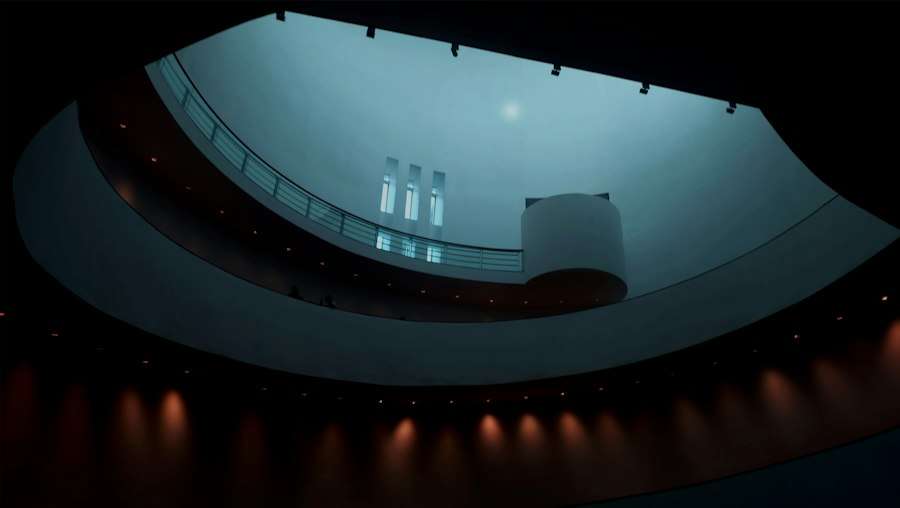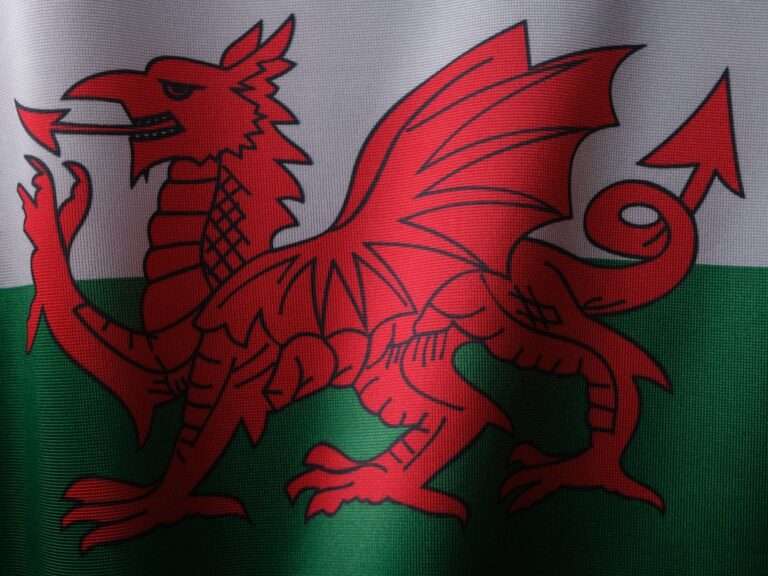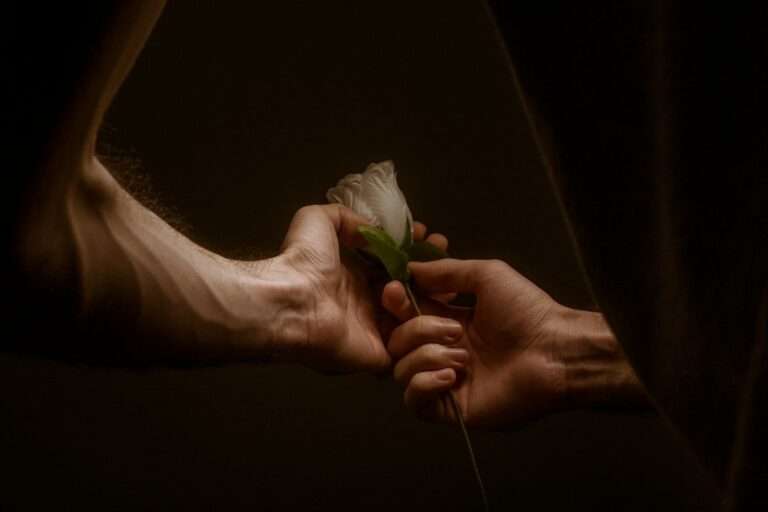Unraveling the Symbolism of the Spiral: A Journey of Growth and Transformation

Archetypal symbols are powerful and universal images that hold deep meaning and significance in human culture. These symbols tap into the collective unconscious, a concept introduced by Swiss psychologist Carl Jung, which refers to the shared reservoir of knowledge and experiences that all humans inherit. Archetypal symbols have been used for centuries to convey complex ideas and emotions, transcending language and cultural barriers.
One such archetypal symbol is the spiral. The spiral is a universal symbol of growth and transformation, representing the cyclical nature of life and the journey towards self-discovery and enlightenment. It is a symbol that can be found in various cultures, mythologies, religions, art forms, and even in our own dreams and visions. The spiral holds a deep resonance within us, reminding us of our own potential for growth and transformation.
Key Takeaways
- Archetypal symbols have a powerful impact on human consciousness and can be found across cultures and time periods.
- The spiral is a universal symbol of growth and transformation, with origins in ancient cultures such as the Celts and Hindus.
- The spiral appears in mythology and religion, from the Celtic triskele to the Hindu kundalini, and in art and architecture, from the nautilus shell to the Guggenheim Museum.
- The psychological meaning of the spiral is tied to Jungian archetypes and the collective unconscious, and it can serve as a gateway to the unconscious in dreams and visionary experiences.
- The spiral can also be used as a tool for personal growth and healing through Spiral Dynamics and the Integral Theory, and it appears in science and technology, from the double helix to the black hole. Embracing the spiral can lead to wholeness and integration.
The Spiral as a Universal Symbol of Growth and Transformation
The spiral is a geometric shape that starts from a central point and expands outward in a continuous curve. It is characterized by its dynamic movement, as it spirals either clockwise or counterclockwise. This movement represents the cyclical nature of life, as well as the continuous process of growth and transformation.
In various contexts, the spiral represents growth and transformation. In nature, we see the spiral pattern in the growth of plants, the formation of galaxies, and even in the structure of our DNA. The spiral is also seen in the movement of water down a drain or in a whirlpool, symbolizing the flow of energy and the constant movement of life.
The Origins of the Spiral Symbol in Ancient Cultures
The spiral symbol has been present in human culture for thousands of years. Some of the earliest known depictions of the spiral can be found in ancient rock art, such as those found in Ireland’s Newgrange monument or in the caves of Lascaux in France. These ancient cultures used the spiral as a symbol of fertility, growth, and the cycle of life.
In ancient Celtic culture, the triskele, a triple spiral symbol, was used to represent the three realms of existence: land, sea, and sky. It was also associated with the concept of the triple goddess and the cycles of birth, life, and death.
In Hinduism, the spiral is represented in the form of the Kundalini, a coiled serpent that resides at the base of the spine. The awakening of the Kundalini energy is said to lead to spiritual enlightenment and transformation.
The Spiral in Mythology and Religion: From the Celtic Triskele to the Hindu Kundalini
| Mythology/Religion | Spiral Symbolism | Significance |
|---|---|---|
| Celtic | Triskele – three spirals | Represents the three realms of existence: land, sea, and sky |
| Greek | Meander – continuous spiral | Symbolizes infinity and the eternal flow of life |
| Hindu | Kundalini – coiled serpent | Represents the dormant energy at the base of the spine that can be awakened through spiritual practices |
| Native American | Whirling Log – spiral with arms | Signifies the cyclical nature of life and the interconnectedness of all things |
| Christian | Chi-Rho – spiral monogram | Represents the first two letters of Christ’s name in Greek and is a symbol of his divinity |
The spiral can be found in various mythologies and religions around the world. In Norse mythology, the World Tree Yggdrasil is often depicted as a spiral, representing the interconnectedness of all things and the cyclical nature of life.
In ancient Greek mythology, the labyrinth is often depicted as a spiral-shaped maze. This labyrinth represents a journey of self-discovery and transformation, as one navigates through its twists and turns to find their inner truth.
In Christianity, the spiral is often associated with the concept of spiritual growth and ascension. The spiral staircase in medieval cathedrals represents the journey towards heaven, with each step bringing one closer to divine enlightenment.
The Spiral in Art and Architecture: From the Nautilus Shell to the Guggenheim Museum
The spiral has been used in art and architecture throughout history to create visual interest and convey meaning. One of the most famous examples is the nautilus shell, which exhibits a perfect logarithmic spiral. This natural form has been admired for its beauty and mathematical precision.
In architecture, the spiral can be seen in structures such as the Guggenheim Museum in New York City, designed by Frank Lloyd Wright. The museum’s unique spiral design allows visitors to experience art in a continuous flow, symbolizing the journey of exploration and discovery.
The Psychological Meaning of the Spiral: Jungian Archetypes and the Collective Unconscious

In Jungian psychology, the spiral is interpreted as a symbol of the journey of individuation and integration. Individuation refers to the process of becoming one’s true self, while integration refers to the harmonious integration of all aspects of the self.
The spiral represents the cyclical nature of this journey, as one goes through various stages of growth and transformation. It is a symbol that reminds us that personal growth is not linear, but rather a continuous process of self-discovery and self-realization.
The Spiral in Dreams and Visionary Experiences: A Gateway to the Unconscious
The spiral often appears in dreams and visionary experiences as a gateway to the unconscious mind. It is a symbol that represents the journey into the depths of one’s psyche, where hidden truths and insights can be discovered.
When we encounter the spiral in our dreams or visions, it is often a sign that we are being called to explore our inner world and uncover aspects of ourselves that have been hidden or repressed. It is an invitation to embark on a journey of self-discovery and transformation.
The Spiral as a Tool for Personal Growth and Healing: Spiral Dynamics and the Integral Theory
Spiral Dynamics is a model of human development that uses the spiral as a tool for understanding personal growth and development. It is based on the work of psychologist Clare W. Graves and has been further developed by Don Beck and Christopher Cowan.
According to Spiral Dynamics, individuals go through various stages of development, each represented by a different color on the spiral. These stages represent different levels of consciousness and worldviews, with each stage building upon the previous one.
The Integral Theory, developed by philosopher Ken Wilber, also uses the spiral as a tool for understanding personal growth and healing. It integrates various psychological, spiritual, and philosophical perspectives into a comprehensive framework for personal and collective transformation.
The Spiral in Science and Technology: From the Double Helix to the Black Hole
The spiral can also be found in science and technology, where it is used to represent natural phenomena and scientific concepts. One of the most well-known examples is the double helix structure of DNA, which resembles a spiral staircase.
In astronomy, the spiral is seen in the formation of galaxies, such as the Milky Way. The spiral arms of galaxies represent areas of intense star formation and are a testament to the dynamic nature of the universe.
Embracing the Spiral as a Path to Wholeness and Integration
In conclusion, the spiral is a powerful symbol of growth and transformation that has been used by various cultures, mythologies, religions, art forms, and even in our own dreams and visions. It represents the cyclical nature of life and the continuous process of self-discovery and self-realization.
By embracing the spiral as a tool for personal growth and integration, we can tap into our own potential for growth and transformation. We can embark on a journey of self-discovery, navigating through the twists and turns of life to find our inner truth.
So let us embrace the spiral, recognizing its power as a symbol of growth and transformation. Let us use it as a tool for personal growth and healing, as a gateway to our own unconscious mind. By doing so, we can embark on a journey towards wholeness and integration, becoming our truest selves in the process.
If you’re interested in exploring the symbolism of the spiral further, you might find this article on massage for pinched nerves intriguing. It delves into the therapeutic benefits of massage and how it can help alleviate pain and tension in the body. The spiral, with its continuous and flowing shape, represents growth, evolution, and transformation. In this context, massage can be seen as a way to release blocked energy and restore balance to the body. To learn more about the connection between massage and symbolism, check out this article.
FAQs
What is symbolism?
Symbolism is the use of symbols to represent ideas or qualities.
What is the spiral?
The spiral is a shape that starts from a central point and expands outward in a continuous pattern.
What does the spiral symbolize?
The spiral symbolizes growth, evolution, and change. It can also represent the journey of life, the cycle of birth, death, and rebirth, and the connection between the physical and spiritual worlds.
What cultures have used the spiral as a symbol?
The spiral has been used as a symbol in many cultures throughout history, including ancient Celtic, Greek, and Native American cultures.
What are some examples of the spiral in art and architecture?
The spiral can be seen in many works of art and architecture, such as the spiral staircase in the Vatican Museum, the spiral design on the shell of a nautilus, and the spiral patterns in Celtic knotwork.
What is the significance of the direction of the spiral?
The direction of the spiral can have different meanings depending on the culture and context. In some cultures, a clockwise spiral represents growth and expansion, while a counterclockwise spiral represents introspection and contraction.





